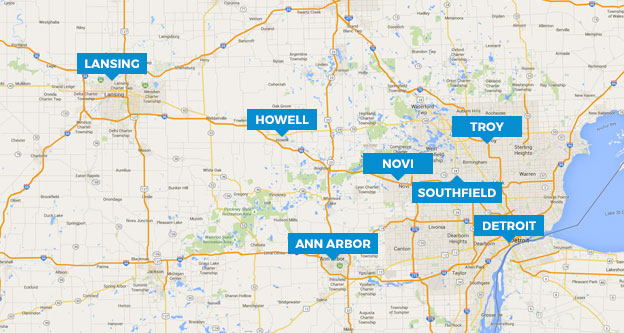IRS Hardship – Currently Non-Collectible
IRS Hardship is for taxpayers not able to pay their back taxes. The technical term used by the IRS is Currently Non-Collectable Status.
If you owe taxes but you are unable to pay because you have just enough money to support yourself and your family, you can apply for IRS Hardship. The IRS will not seize your property, take your paycheck, or wipe out your bank account while you are in IRS Hardship. IRS Hardship will not remove the back taxes. You will still owe back taxes. Every year the IRS will mail you a reminder letter regarding taxes owed.
IRS Penalties and Interest Under IRS Hardship
IRS Hardship does not stop IRS penalties and interest. The IRS will continue to charge you penalties and interest.
IRS Hardship Status – How Long Does it Last?
IRS Hardship status can last up to 10 years. Generally, the IRS has 10 years to collect back taxes, after which time they are supposed to remove the back taxes. For example, if you filed your 2009 tax return on time and you owe back taxes, The IRS can collect the back taxes until 2020. If your 2009 taxes are in IRS Hardship status, the IRS will leave you alone. You may be able to stay in IRS Hardship status for the next 10 years. After 2020, the IRS will remove the 2009 taxes.
The IRS will review your income situation once every two years. If your income has increased, the IRS may take you out of IRS Hardship status because they believe you are better able to support yourself and pay back your taxes.
New IRS Back Taxes
If you expect to owe new taxes for this year and your back taxes are in IRS Hardship status, the new taxes will not be automatically included in the IRS Hardship status. Every tax year is treated separately. For example, you could owe back taxes for 2005-2008, and new taxes for 2010. The taxes for 2005-2008 are in IRS Hardship status but the taxes for 2010 are not, so the IRS can pursue you for the new 2010 taxes but not 2005-2008 back taxes.
If you are in this situation, we recommend paying off the new taxes. This should not affect your IRS Hardship status. If you are unable to pay off the new taxes, you can request to put the new taxes in IRS Hardship status, although it will become more difficult to do this if you continue to owe new taxes.
Paying Back Taxes While in IRS Hardship
If you have some extra money to make a small payment, the IRS recommends that you make payments while you are in IRS Hardship. Paying the back taxes should not affect your IRS Hardship status.
IRS Hardship Tax Forms
The IRS will request financial information to demonstrate hardship.
Form 433A or Form 433F – Used for individuals or self-employed individuals requesting IRS Hardship Status
Form 433B – Used for C Corporations, S Corporations, and Partnerships requesting IRS Hardship Status
What Is the Difference Between IRS Hardship and IRS Settlement?
IRS Settlement (Offer in Compromise) is a more complete solution compared to IRS Hardship. IRS Settlement is an agreement between you and the IRS to pay less than what you owe. The IRS Settlement process can take six to 24 months. After the agreement is finalized, you are done and you no longer owe back taxes.
The IRS may or may not leave you alone while you are in IRS Hardship status. Also, you could be dealing with the back taxes for the next 10 years. Most people are uncomfortable with this. You may not like the thought of owing back taxes even though the IRS is not coming after you.
IRS Hardship may be a better option if you do not qualify for an IRS Settlement. If, for example, you do not qualify for an IRS Settlement because of a large asset, such as real estate or a retirement fund, you may qualify for IRS Hardship status.
Consider IRS Hardship if you are unable to pay your back taxes and you do not qualify for an IRS Settlement. You will still owe the back taxes but the IRS will not pursue you. You may stay in IRS Hardship status for the next 10 years. After 10 years, the IRS will remove the back taxes.

